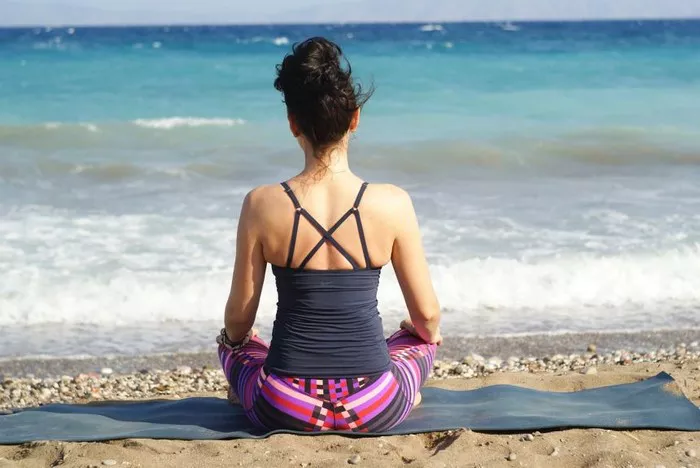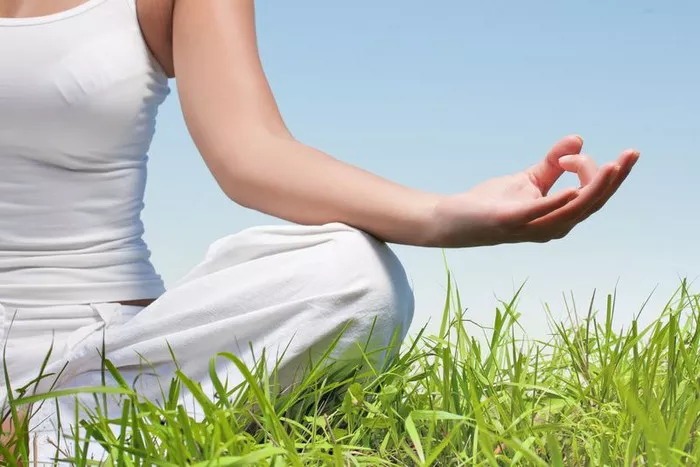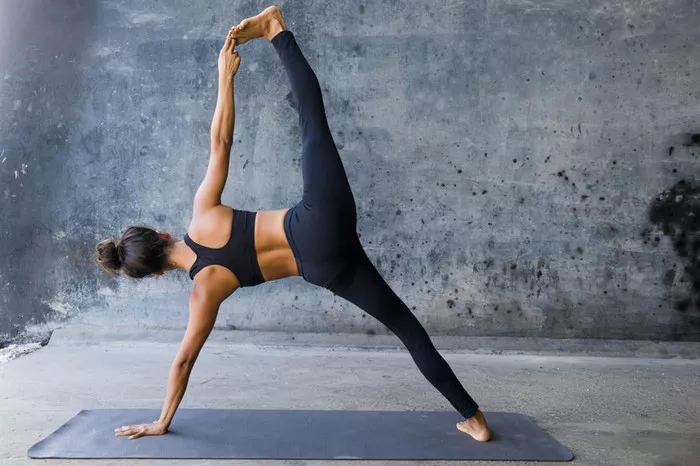Yoga, an ancient practice originating from India, is not merely a physical exercise but a holistic system aimed at achieving harmony between the body, mind, and spirit. Rooted in the teachings of ancient texts like the Yoga Sutras of Patanjali, yoga encompasses various stages or limbs that guide practitioners towards self-realization and spiritual enlightenment. While the physical aspect of yoga is widely known, delving into its eight stages offers a deeper understanding of its profound philosophy and transformative potential.
1. Yama (Restraints)
The first stage of yoga, Yama, consists of moral disciplines and ethical principles that govern one’s behavior towards others and the world at large. There are five Yamas:
Ahimsa (Non-violence): Practicing compassion and refraining from causing harm to others, including oneself.
Satya (Truthfulness): Honesty in speech, thoughts, and actions, avoiding falsehood and deceit.
Asteya (Non-stealing): Respecting the possessions and boundaries of others, refraining from theft or coveting.
Brahmacharya (Moderation): Exercising control over one’s senses and indulgences, particularly in matters of sexuality.
Aparigraha (Non-possessiveness): Letting go of greed and attachment to material possessions, embracing simplicity and contentment.
Through the practice of Yama, individuals cultivate virtues that promote harmony, compassion, and integrity in their interactions with the world.
2. Niyama (Observances)
Niyama, the second stage of yoga, focuses on personal observances and self-discipline to cultivate inner purity and spiritual growth. There are five Niyamas:
Saucha (Purity): Maintaining cleanliness and purity of body, mind, and environment.
Santosha (Contentment): Cultivating a sense of contentment and gratitude for what one has, rather than craving for more.
Tapas (Discipline): Practicing self-discipline, austerity, and perseverance to overcome obstacles and achieve goals.
Svadhyaya (Self-study): Engaging in self-reflection, introspection, and study of sacred texts to deepen self-awareness and spiritual understanding.
Ishvara Pranidhana (Surrender to the Divine): Surrendering one’s ego and will to a higher power or divine consciousness, acknowledging a greater universal order.
Niyama encourages individuals to develop positive habits and attitudes that foster self-improvement, spiritual awakening, and a deeper connection with the divine.
3. Asana (Physical Postures)
Asana, perhaps the most well-known stage of yoga, refers to the practice of physical postures or poses. While often equated with yoga in popular culture, asanas are just one aspect of the comprehensive yogic system. The purpose of practicing asanas is not only to enhance physical health and flexibility but also to prepare the body for meditation by releasing tension and promoting relaxation. Each asana is performed mindfully, with awareness of breath and alignment, fostering a state of balance and harmony between the body and mind.
4. Pranayama (Breath Control)
Pranayama, the fourth stage of yoga, involves the regulation and control of breath to channel life force energy (prana) within the body. Through various breathing techniques, practitioners learn to expand and refine their breath, influencing the flow of prana to vitalize the body and calm the mind. Pranayama techniques range from simple breath awareness to more advanced practices like alternate nostril breathing and breath retention. By mastering pranayama, individuals harness the power of breath to cultivate inner stillness, clarity, and vitality.
5. Pratyahara (Withdrawal of Senses)
Pratyahara, the fifth stage of yoga, entails withdrawing the senses from external stimuli and turning inward. In a world inundated with sensory distractions, pratyahara teaches individuals to detach from sensory experiences and cultivate inner awareness. By redirecting attention from the external to the internal realm, practitioners develop greater control over their minds and emotions, laying the foundation for deeper states of meditation and self-realization.
6. Dharana (Concentration)
Dharana, the sixth stage of yoga, involves cultivating focused concentration on a single point or object. Through sustained attention and mental discipline, practitioners learn to quiet the fluctuations of the mind and anchor their awareness in the present moment. Dharana practices may involve focusing on a mantra, visualization, or the breath, sharpening the mind and preparing it for deeper states of meditation.
7. Dhyana (Meditation)
Dhyana, commonly known as meditation, is the seventh stage of yoga where practitioners experience uninterrupted flow of awareness and profound inner stillness. Unlike concentration, which involves directing attention to a specific object, dhyana is a state of effortless awareness and absorption in the present moment. Through regular meditation practice, individuals cultivate clarity, insight, and a deep sense of inner peace, transcending the boundaries of ego and experiencing unity with the universal consciousness.
8. Samadhi (Union)
Samadhi, the eighth and final stage of yoga, is the pinnacle of spiritual attainment where the practitioner experiences a profound state of union with the divine or ultimate reality. In samadhi, the individual transcends the limitations of the ego and merges with the cosmic consciousness, experiencing pure bliss, and oneness with all existence. It is the culmination of the yogic journey, representing the realization of one’s true nature and liberation from the cycle of birth and death.
Conclusion
The eight stages of yoga offer a systematic path for individuals to embark on a journey of self-discovery, spiritual growth, and enlightenment. By integrating the principles and practices of each stage into their lives, practitioners can attain holistic well-being and realize their fullest potential as human beings. Whether one is a novice or an experienced yogi, embracing the eightfold path of yoga opens doors to profound transformation and inner fulfillment.
















